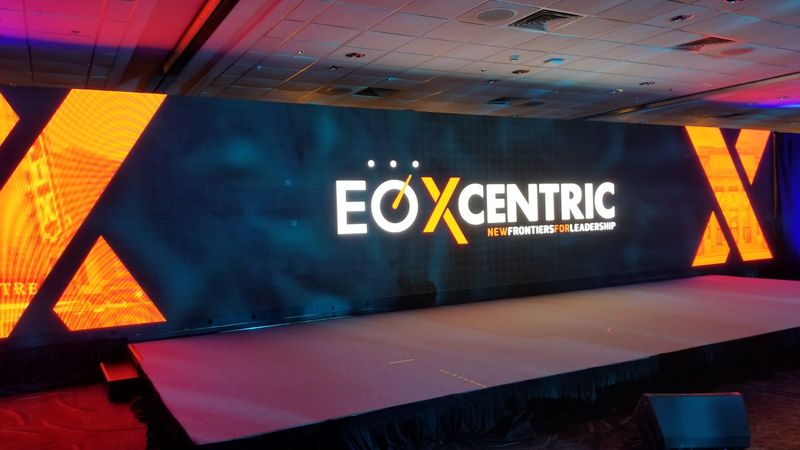Exploring the Wide-ranging Connectivity Solutions Offered for Light Emitting Diode Wall Panels
Exploring the Wide-ranging Connectivity Solutions Offered for Light Emitting Diode Wall Panels
Blog Article
LED wall units have secured traction for their capacity to deliver high-quality imagery in multiple settings, from corporate environments to event venues. One of the most significant aspects of these panels is their connectivity options, which allow users to connect them to multiple devices and systems. Comprehending the broad input options available for Light Emitting Diode wall panels is vital for enhancing their use and effectiveness. This discussion details these features, showcasing how they can adapt to specific needs and preferences.
One frequent connection approach for Light Emitting Diode wall panels is HDMI. High-Definition Multimedia Interface is broadly recognized for delivering crisp video and audio streams between devices. This connection type is especially beneficial in commercial environments, such as meeting spaces or classrooms, where presentations or video content are often shared. By using digital connectors, users can easily connect laptops, projectors, and streaming equipment to LED wall panels, ensuring a sharp and dynamic display of information.
Another popular connectivity method is Display Port, which is comparable to HDMI but offers additional benefits. Display Port can support higher refresh rates and display outputs, making it an ideal choice for gaming or graphic-intensive applications. For those deploying Light Emitting Diode wall panels in settings where performance is critical, such as competitive gaming venues or creative workspaces, DisplayPort can provide the necessary visual clarity. Moreover, many contemporary computers and graphics cards feature DisplayPort connections, making it a practical solution for technology-oriented professionals.
In addition to High-Definition Multimedia Interface and Display Port, cordless connectivity options are becoming progressively common in Light Emitting Diode wall panel technology. Cable-free interfaces allow users to transmit content without the need for physical cables, enabling a streamlined and more adaptable setup. Technologies such as wireless internet and short-range communication allow users to link smartphones, tablets, and laptops seamlessly to LED wall panels without cumbersome wires. This convenience is particularly advantageous in fast-paced settings like exhibitions or events, where quick changes to displays are often needed.
For larger deployments or more intricate configurations, LAN integration through wired networking is another viable option. Ethernet connections provide a consistent and robust way to integrate multiple LED wall panels within a network. This setup is ideal for digital signage applications found in shopping malls or airports, where numerous panels may need to display synchronized content across a broad area. By using Ethernet cables and network switches, users can ensure that all connected panels receive consistent updates and content efficiently.
Finally, it's important to consider the future of connectivity with technologies such as USB-C and Thunderbolt 3. These newer connection types offer increased data find out here now transfer speeds and versatility by allowing one connector to handle both energy transfer and data exchange. As more systems incorporate these protocols, Light Emitting Diode wall panels equipped with Type-C ports will likely become more prevalent. This shift in integration not only improves the capabilities of Luminescent Diode wall panels but also coincides with the emerging trend of minimalistic design in hardware arrangements by minimizing the number of wires required.
In summary, examining the broad interface methods accessible for Light Emitting Diode wall panels reveals many possibilities for users across various fields. From traditional methods like High-Definition Multimedia Interface and DisplayPort to modern wireless solutions and network connections, each option serves specific see here now functions suited to distinct needs. Furthermore, next-gen technologies like Universal Serial Bus-C offer further advancements in how users interact with LED wall panels. By understanding these connectivity alternatives, end-users can make strategic selections that optimize their overall engagement with these multifunctional visual solutions.
